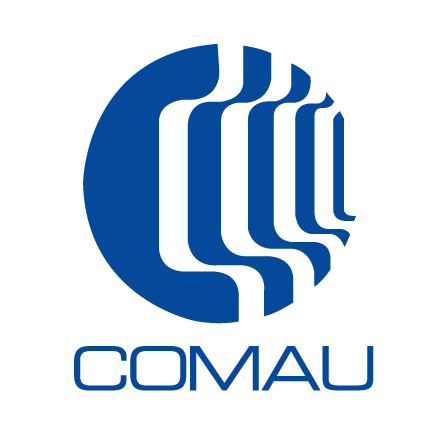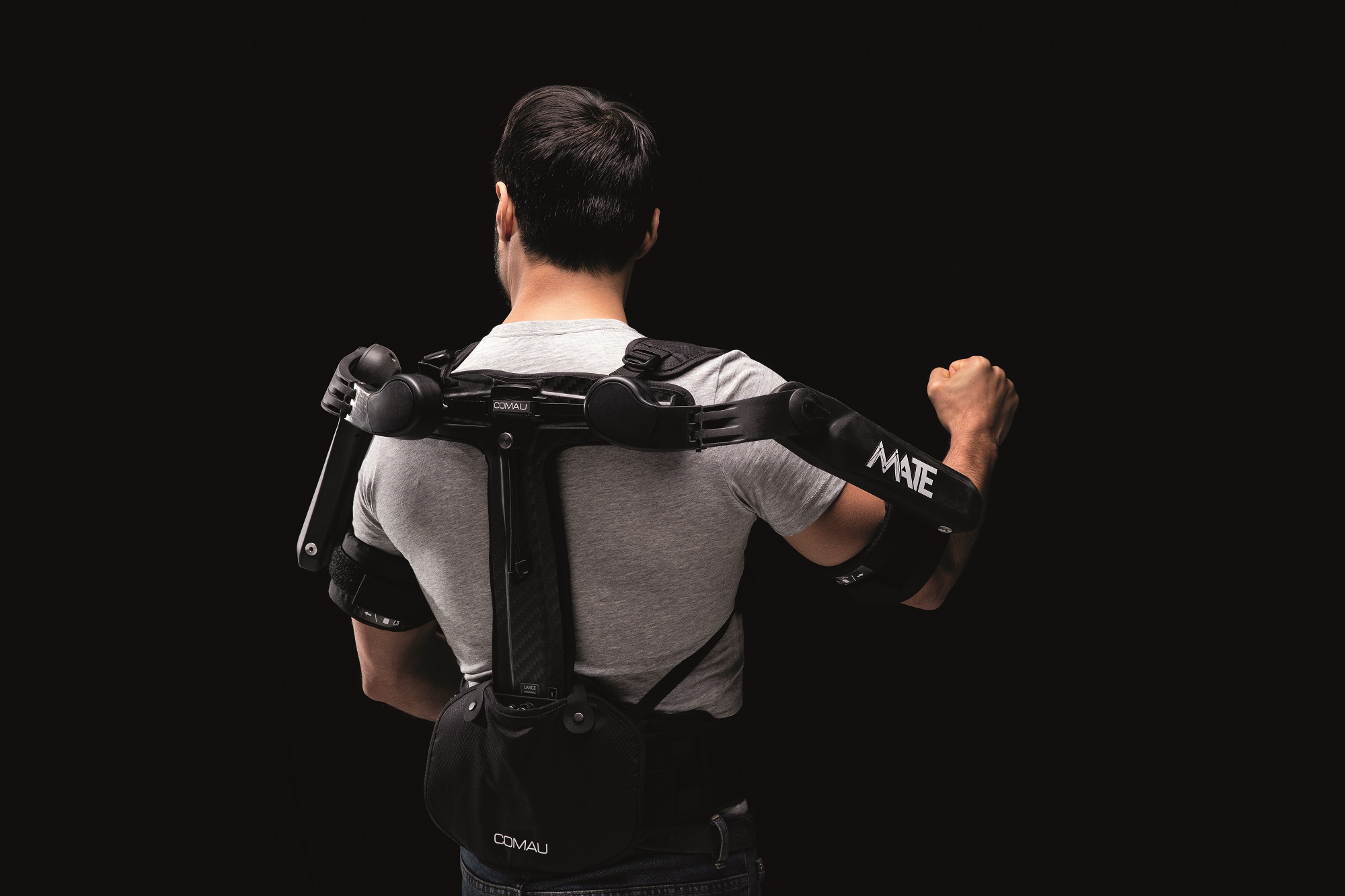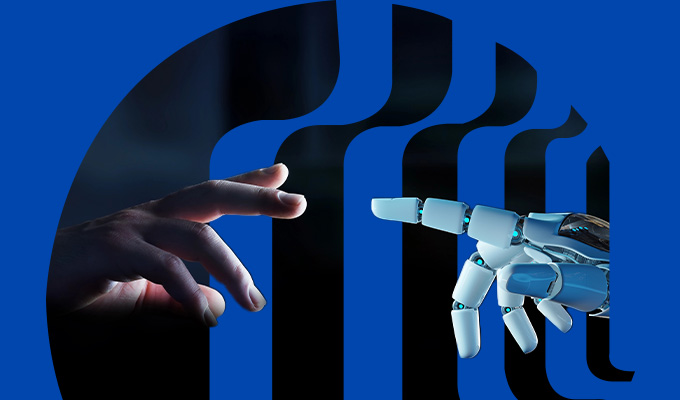Addressing work-related issues with passive exoskeletons
In recent years, companies have increasingly sought innovative solutions to address health and cost issues arising from work-related shoulder overuse injuries. One such promising solution is the MATE-XT, a spring-loaded device designed to support the shoulders during overhead tasks. Let’s delve into a study that highlights the efficacy, usability, and acceptance of this remarkable technology in the cleaning sector.
A Brief Overview of the Study
Conducted by a multidisciplinary team, including the MATE developers from IUVO and workplace safety experts, the study aimed to evaluate the performance of the MATE exoskeleton in real-world cleaning tasks, specifically window and ceiling cleaning. The device provides crucial support to the shoulders, reducing the physical exertion experienced by workers during demanding overhead tasks.
For more information, read the full article published in Applied Ergonomics.
How MATE Exoskeleton Works
The MATE exoskeleton is designed with four main parts: torque generating boxes, a physical human-machine interface (pHMI), a kinematic chain of passive degrees of freedom (pDOFs), and size adjustments for different users. Its innovative design ensures that the assistive torque mimics the natural movement of shoulder muscles, offering the highest support when the arm is at 90 degrees and gradually reducing support as the arm moves away.
Experimenting the Exoskeleton in Cleaning services
Ten experienced cleaning operators participated in the study. They conducted window and ceiling cleaning tasks using the MATE exoskeleton for shoulder support, and their muscle activity and perceived exertion were measured. Notably, the exoskeleton reduced muscle activity by up to 30% during ceiling cleaning, and participants reported a significant decrease in physical strain in the shoulders, arms, and back.
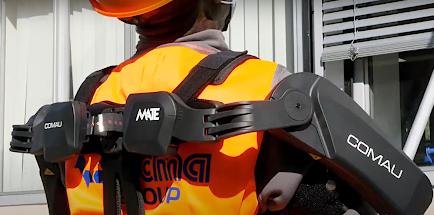
User Feedback
The usability and acceptance of Comau’s MATE exoskeleton received an impressive 5.5 out of 7 based on a structured rating scale used in TAM (Technology Acceptance Model) and SUM (System Usability Metric) questionnaires, indicating strong approval from the participants. Though the image score was lower, suggesting it didn’t influence social interactions, the perceived usefulness and ease of use were highly rated.
Implications for Future Use
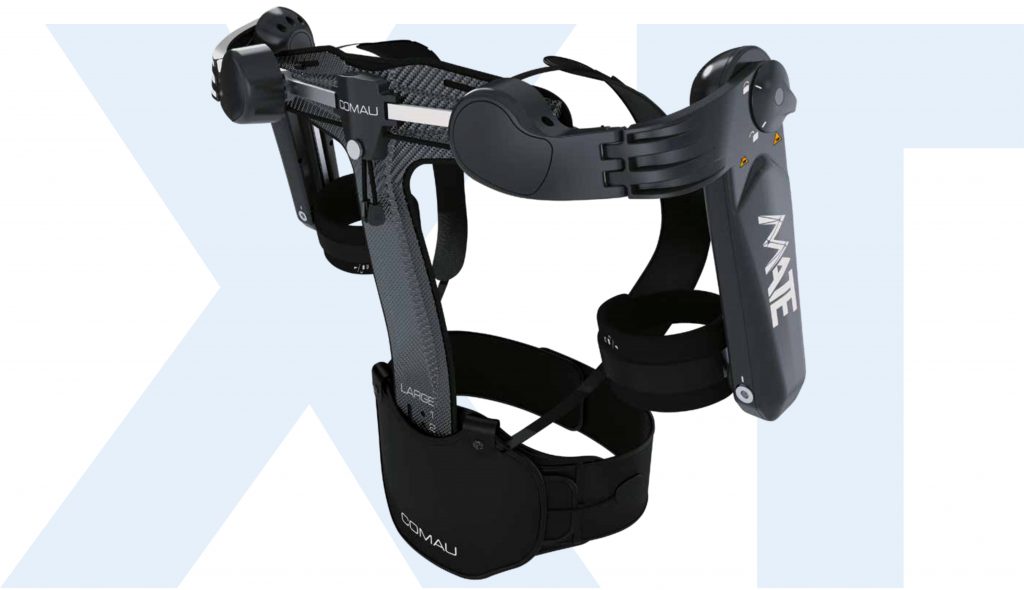
The study’s results are encouraging for companies considering the adoption of occupational exoskeletons. As a matter of fact, these findings indicate that the MATE exoskeleton effectively reduces physical strain and muscle activity, proving beneficial in demanding cleaning tasks.
Explore the potential of the MATE-XT and how it can revolutionize shoulder support during cleaning activities.
For more insights, visit Comau’s MATE website and the Linkedin page.
